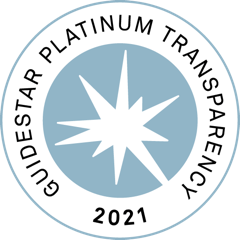Multiple Myeloma medications
In this page you will find the list of drugs approved by the FDA to treat Multiple Myeloma.
azacitidine (Onureg, Vidaza)
Chemotherapy Agents
Learn More arrow_right_alt
cytarabine (Cytosar-U)
Chemotherapy Agents
Learn More arrow_right_alt
daunorubicin (Cerubidine)
Chemotherapy Agents
Learn More arrow_right_alt
decitabine (Dacogen)
Chemotherapy Agents
Learn More arrow_right_alt
enasidenib (Idhifa)
Targeted Therapy
Learn More arrow_right_alt
filgrastim (Neupogen, Nivestym, Zarxio)
Leukocyte Growth Factors
Learn More arrow_right_alt
gemtuzumab ozogamicin (Mylotarg)
Antibody-Drug Conjugates
Learn More arrow_right_alt
gilteritinib (Xospata)
Tyrosine Kinase Inhibitors
Learn More arrow_right_alt
glasdegib (Daurismo)
Targeted Therapy
Learn More arrow_right_alt
ivosidenib (Tibsovo)
Targeted Therapy
Learn More arrow_right_alt
midostaurin (Rydapt)
Tyrosine Kinase Inhibitors
Learn More arrow_right_alt
mitoxantrone (Novantrone)
Chemotherapy Agents
Learn More arrow_right_alt
Olutasidenib (Rezlidhia)
Targeted Therapy
Learn More arrow_right_alt
pegfilgrastim (Fulphila, Neulasta, Udenyca)
Leukocyte Growth Factors
Learn More arrow_right_alt
quizartinib (Vanflyta)
Tyrosine Kinase Inhibitors
Learn More arrow_right_alt
Treosulfan (Grafapex)
Chemotherapy Agents
Learn More arrow_right_alt
venetoclax (Venclexta)
Targeted Therapy
Learn More arrow_right_alt
voriconazole
Antifungals
Learn More arrow_right_alt



